Keelung is a very special city. The proportion of hillside land is as high as 95%, and because of its rainy and humid climate, the name “port in the rain” comes from.
基隆是一個很特別的城市,山坡地比例高達95%,又因為它的氣候多雨陰溼,「雨港」之名因此而來。
Today we will introduce “a century-old air-raid shelter hiding in alleys”
今天介紹” 藏身巷弄的百年防空洞”
The bomb shelter can be reached from two places.
The first one is my route this time. Enter from “Ln. 25, Shiqiu Rd.”. Vehicles can be parked in the (Sports Center Parking Lot). It takes about 5 minutes to walk to the entrance of the air raid shelter.
The second is that you can enter from another direction “Jing 1st Rd.”.
防空洞可以從二個地方到達
第一個就是我這次的路線,由獅球路25巷進入,車輛可以停在(運動中心停車場) ,步行大約5分鐘就可以到防空洞的入口。
第二就是可以從另一個方向,精一路進入。
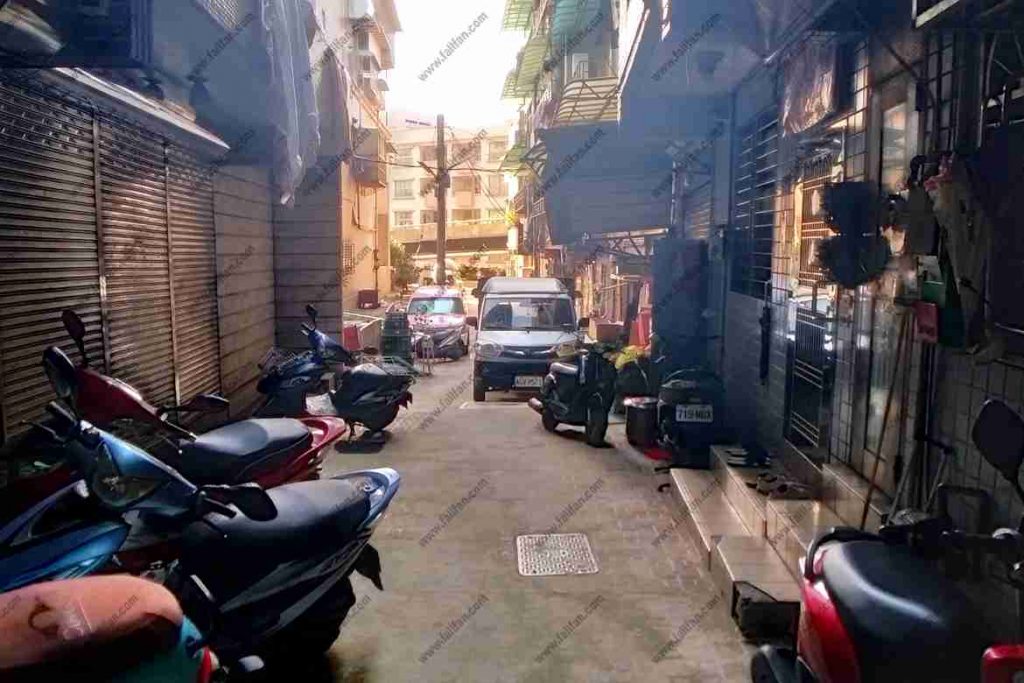


Introducing the history of bomb shelters:
The “Hundred-Year Air-raid Shelter” was built in 1903. It was originally an air-raid shelter for patients of the Japanese Army’s 61 Hospital (now Chenggong Elementary School). It was once an ammunition depot for the fortress.
介紹防空洞的歷史 :
「百年防空洞」建於1903年,原為日軍61病院(今成功國小)的病患避難防空洞,也曾一度成為要塞部隊的彈藥庫。
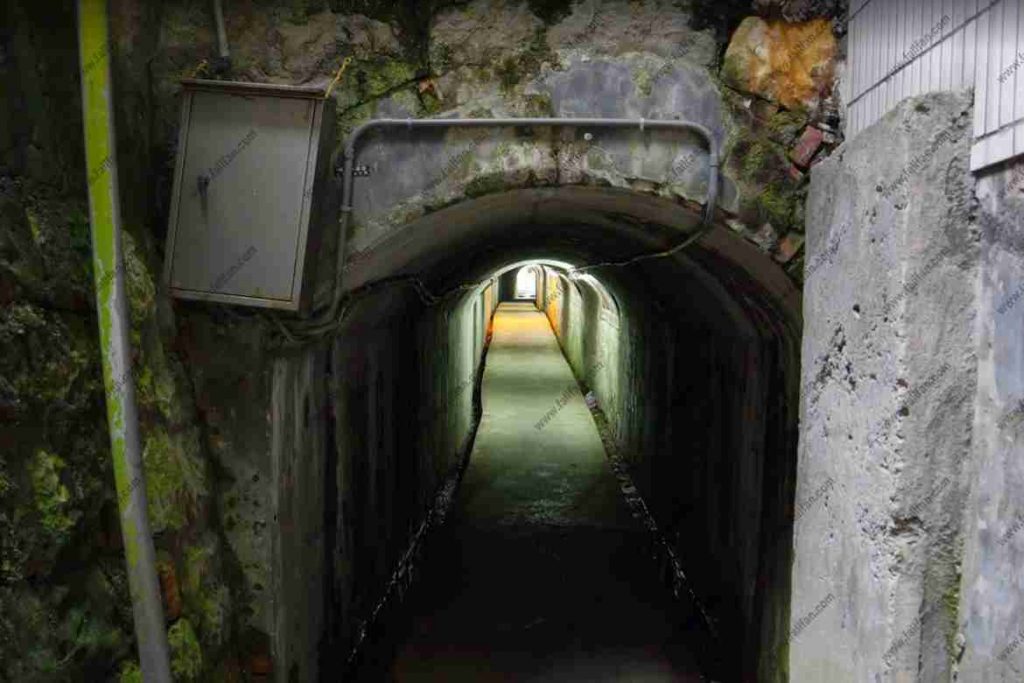
In addition to the history of the Japanese occupation era, the story of the air-raid shelter is not unique. The folk rumors (Yi Xia Liao Tian Ding) shot and killed the Japanese spy Chen Liangjiu near the air-raid shelter in 1909, and in the presence of more than 100 policemen, military police, Under the rigorous search of the Zhuang Ding regiment, they successfully escaped from Shiqiu Ridge.
除了日據時代的歷史外,防空洞的故事並不僅有如此,民間盛傳(義俠廖添丁)在1909年時,曾在防空洞附近槍殺日方密探陳良久,並在百餘名的警察、憲兵、壯丁團的嚴密搜補下,從獅球嶺成功脫逃。
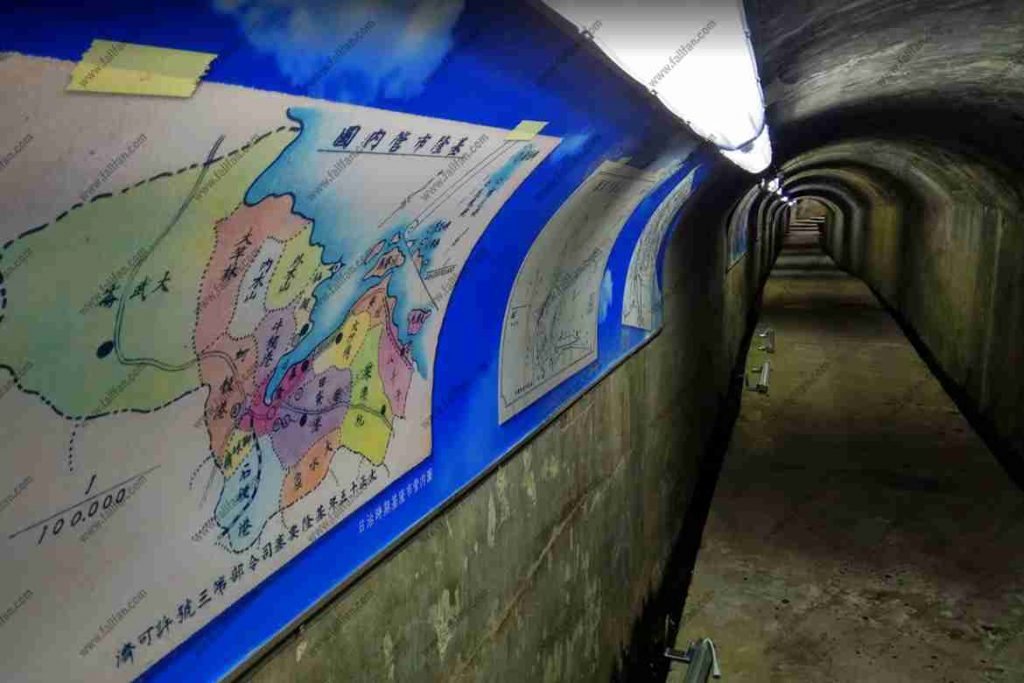
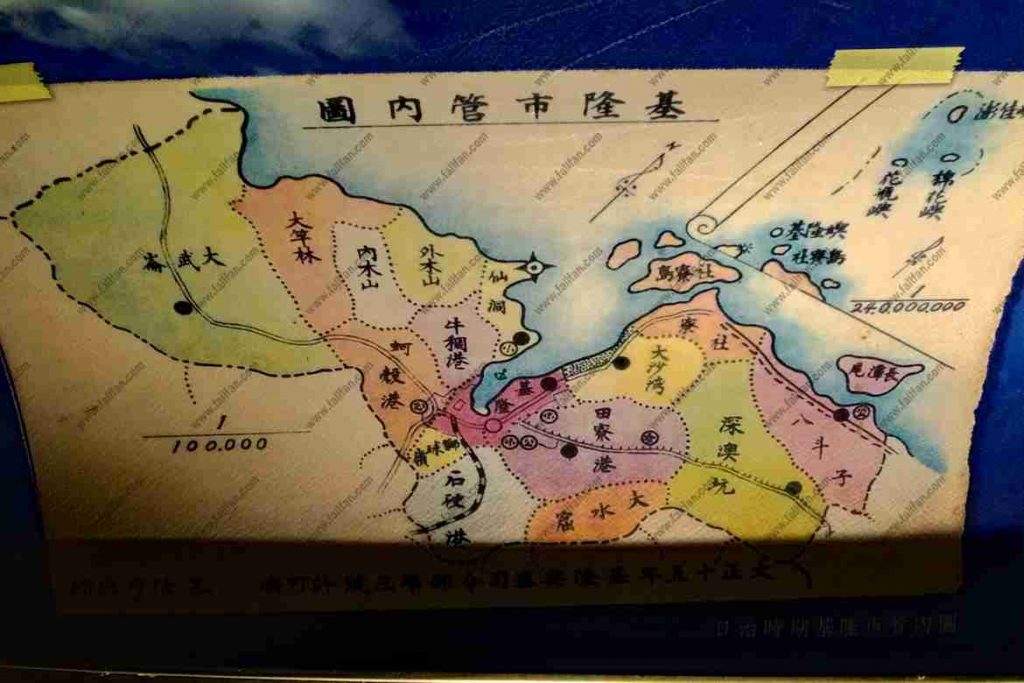

What everyone doesn’t know is that before the air-raid shelters were cleaned up, the shelters were dim and littered with rubbish, and even became a hiding place for drug addicts.
Under the struggle of the local chief, the lighting lit up the air-raid shelter, and also hung old photos to tell the past history, so that the air-raid shelter was no longer a dead end of public security, and transformed into a new tourist attraction.
大家所不知道的是,以前防空洞在未整理之前,洞內昏暗且遍布垃圾,甚至淪為吸毒者的藏身處。在當地里長的爭取之下,照明點亮了防空洞,也掛上老照片述說過往的歷史,讓防空洞再也不是治安的死角,蛻變為為旅行者的新景點。

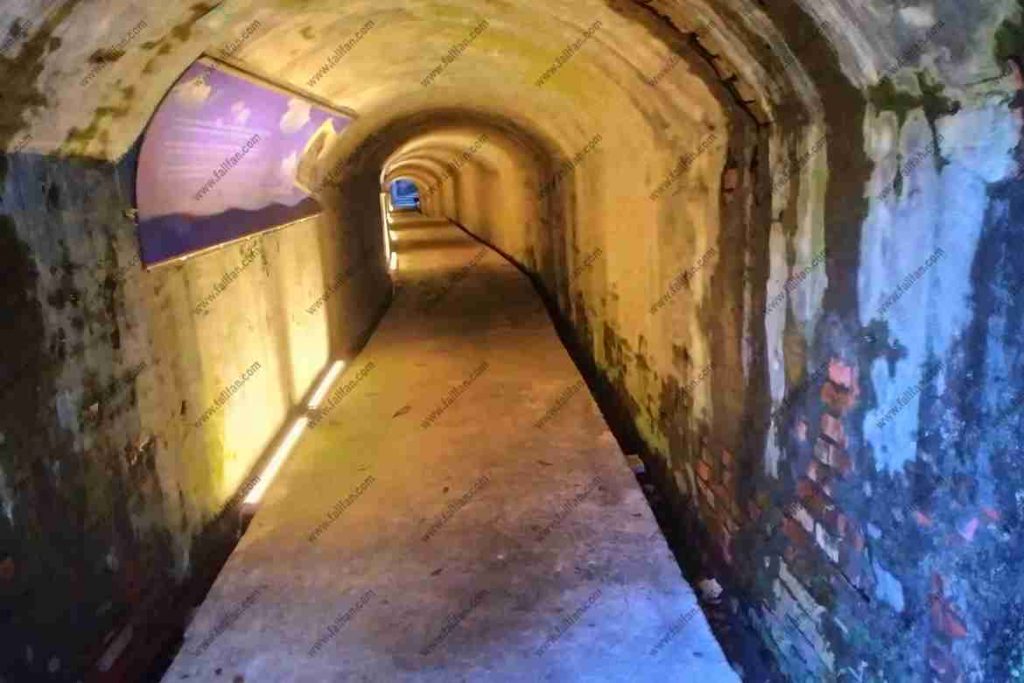
Entering the tunnel, the lights are bright, the walls still have historical photos, and the ground is level, adding a sense of history.
走進隧道,燈光明亮,牆壁還有歷史照片,地面也很平整,增添歷史感。

In addition to becoming a tourist attraction, it is also the only way for local residents to go to the urban area; before it has been sorted out, local residents dare not pass through here. They have to walk from Dahua Theater to Zhaolian State House. The road takes 10 to 20 minutes to walk; but after renovation, the air-raid shelter becomes a fast passage for residents, and it only takes about 1 minute to cross.
除了成為一個觀光景點外,也是當地居民走到市區的必經之路;在還沒整理之前,當地的居民不敢從這經過,都必須要從大華戲院走到兆連國宅,走大馬路要走10至20分鐘;但經過整修後,防空洞成為居民的快速通道,穿過去大約1分鐘而已。

The air-raid shelter has a small space. People who are about 180 cm tall walk in, and they definitely have to bow their heads. The width of the two sides can only accommodate two people passing by.
防空洞的空間狹小,身高約180公分的人走進去,絕對要低頭前進,兩側的寬度約僅可容納2個人擦身而過。

Go out of the century-old air-raid shelter, cross the level crossing, turn right along “Long’an St.” to Sankeng Station.
走出百年防空洞,穿越平交道,右轉沿著龍安街就是三坑車站。

Sankeng is a small village with a strong nostalgic flavor. The railway runs through it. In the secluded long alley, there are small gourmet restaurants (Stewed Daikon with Soy Sauce), (Gao Ji – Handmade Fenyuan)… and other local delicacies, not to mention There are also the relics of the Japanese Occupation period, the Shiqiu Ridge Fortress, and the 100-year-old air-raid shelter.
三坑是個有濃濃懷舊味的小村落,鐵道貫穿其中,在幽靜的長巷中則藏有美食小店(菜頭滷)、(高記手工粉圓)…等在地美食,更不用說還有日治時期遺跡、獅球嶺砲台、百年防空洞等不容錯過景點。

If you have the opportunity to visit Keelung, this area of Sankeng is a good place to explore the ancient times and enjoy delicious food.
有機會到基隆遊玩,三坑這區域很適合尋幽探古兼飽嘗美食的好地方。


